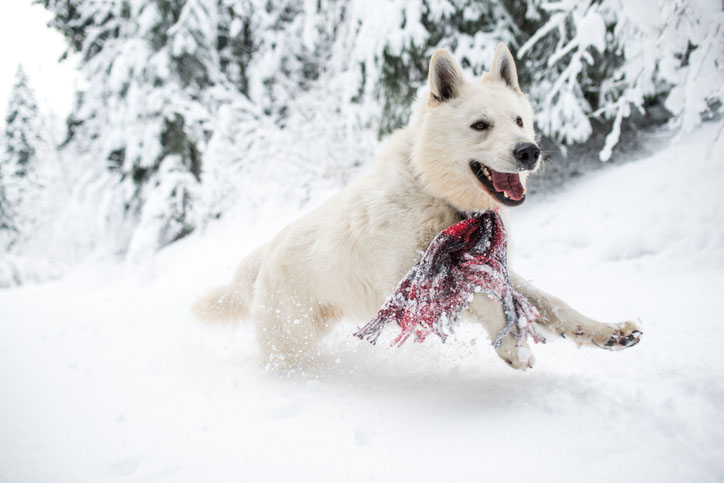Winter puts much of the country in the deep freeze. We will have to deal with dangerously low temperatures and the potential for frostbite. These cold conditions can be risky. Here are some cold weather dangers to be aware of, and ways to protect your family:
Frostbite
Frostbite occurs when skin and its underlying tissue are exposed to very cold temperatures and freezing conditions. Skin that appears waxy or hard and has a gray tone may have frostbite. Damaged skin may also itch or burn. Frostbitten skin may also turn red as the affected area thaws.
To help prevent frostbite:
- Wear warm clothing and dress in layers.
- Use hats, gloves, scarves, thick socks, and well-insulated boots to cover body parts that are prone to frostbite (nose and ears).
- Remember that even brief exposure to extreme cold can cause frostbite.
- If you notice the signs of frostbite, go into a warm area as soon as possible.
If you have frostbite, be treated by a medical professional as soon as possible. Take these precautions until you can see a physician:
- Remove any wet clothing.
- Unless absolutely necessary, do not walk on frostbitten toes or feet.
- Gently warm the frostbitten area in warm water (not hot) until the skin appears red and warm.
- Do not use direct heat to warm the skin, rub or massage the skin, or break blisters.
Walking on ice
Icy patches can be difficult to spot. The slips and falls that come with ice can be serious. If you come across a patch that you believe may be icy, tap the edge of the area with your foot to be sure. Wear shoes with gripping soles to provide traction. Also, keep your hands out of your pockets when walking in order to keep your balance on a slippery surface.
When getting out of your vehicle, check to make sure there are no icy spots near your vehicle. If you are parked on a slippery spot, move the vehicle to a different area if you can. Also, when entering and exiting your car while on ice, use the vehicle for balance and support.
Stay hydrated
Dehydration is common during the winter months. Winter activities are just as strenuous as summer activities. We also tend to wear layers of warm clothing during the winter. That means our bodies work harder (by sweating) to cool us down.
If you don’t stay hydrated you can suffer exhaustion, muscle fatigue, cramps, loss of coordination or even stroke. Dehydration also makes you an easy target for colds and flu.
Here are some tips to keep you hydrated this winter:
- Drink before, during and after exercise or outdoor activities.
- Water-based foods like soup, fruits and vegetables are a great source of hydration and nutrients.
- Reduce the amount of sodium in your diet.



